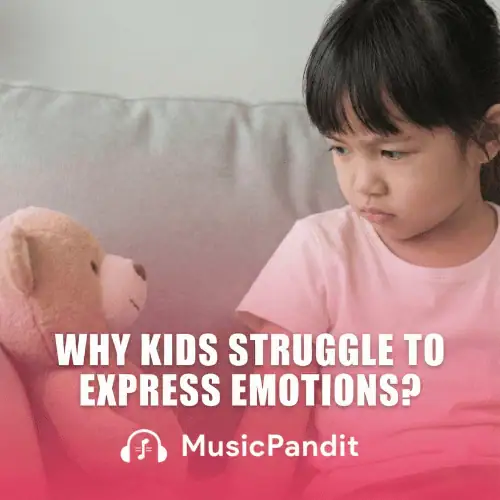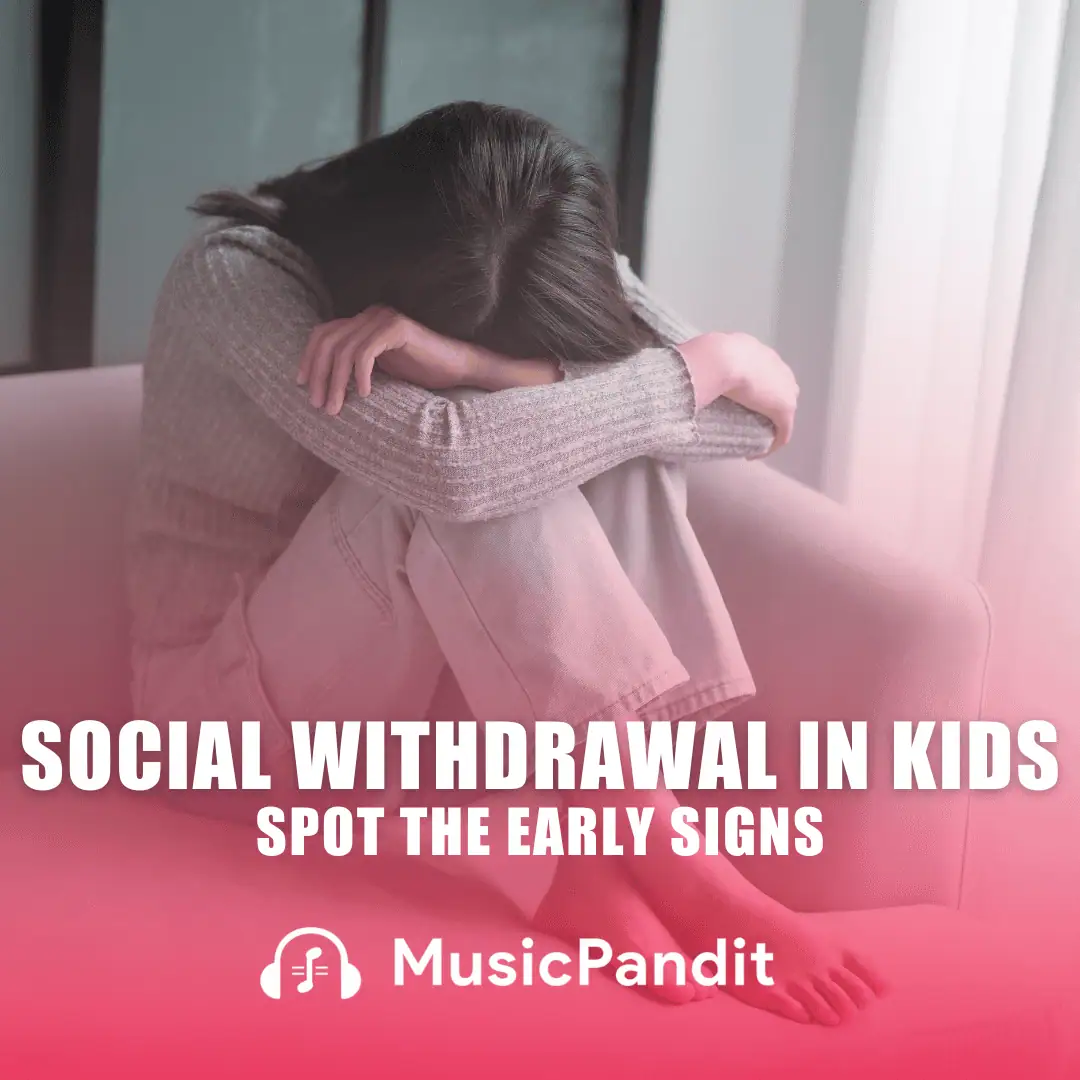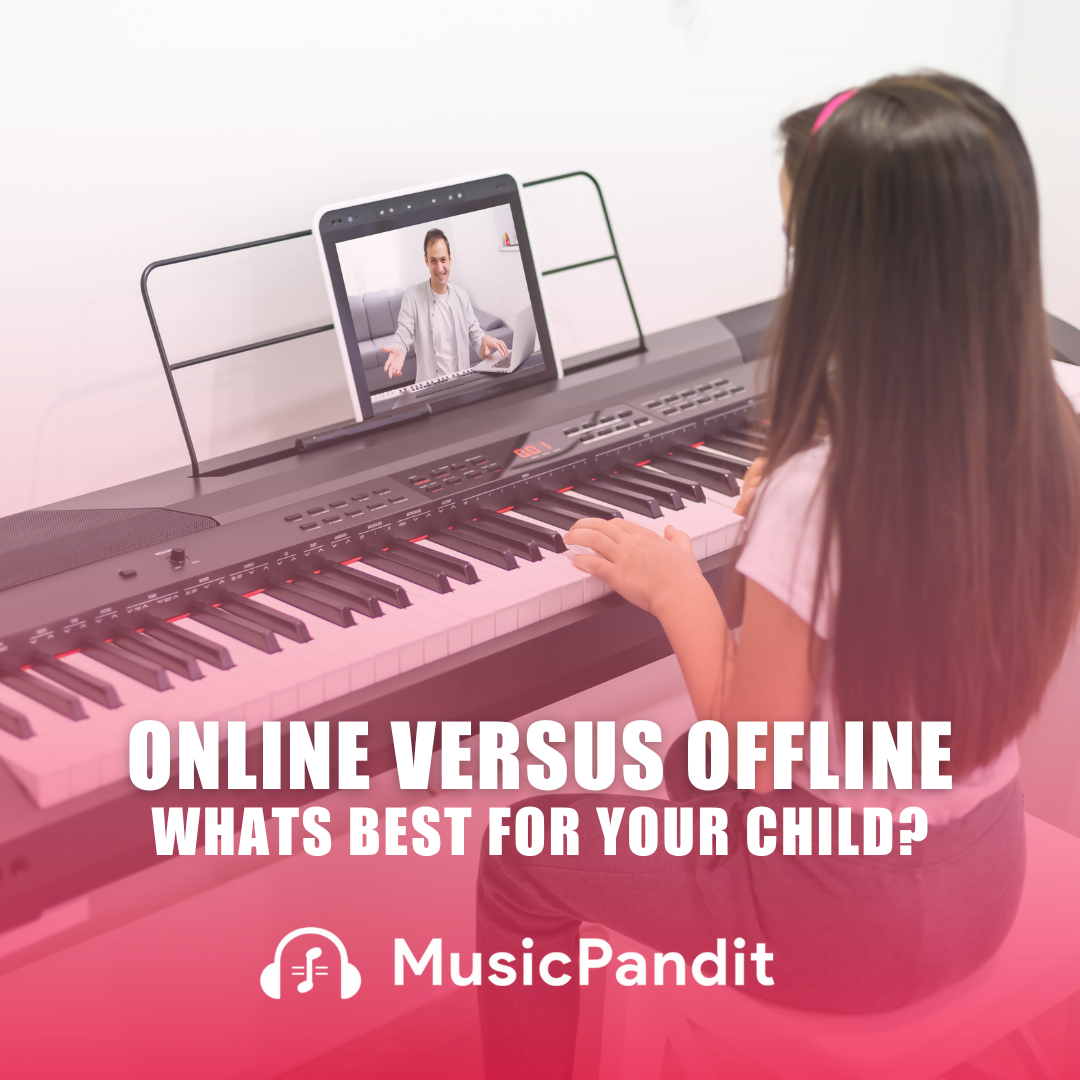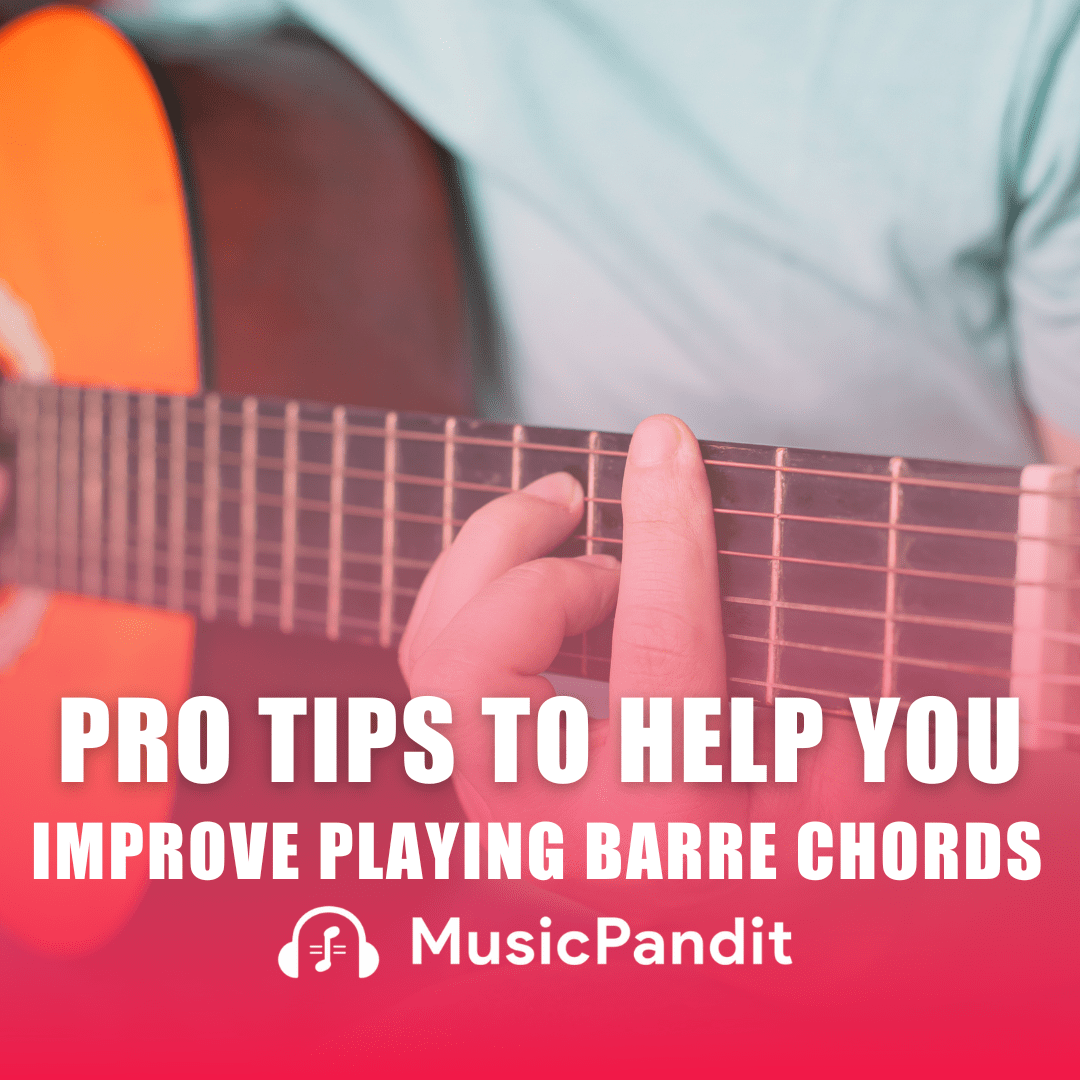Learning to play the piano is a dream for many children and adults. The idea of producing beautiful music and mastering an instrument can be both thrilling and intimidating. However, when it comes to learning piano, one question often arises: “Is learning the piano difficult?”
Whether you’re a parent considering piano lessons for your child or an adult thinking about starting piano for the first time, it’s essential to understand that learning the piano is not as difficult as it may seem. In fact, with the right approach, patience, and guidance, anyone can learn to play the piano—no matter their age.
In this guide, we will explore the various aspects of learning the piano, including how difficult it is, tips to make learning easier, and how to set up a successful piano learning journey for children aged 6 and up.
Discover the joy of playing piano with expert guidance. Join our piano course online now!
Is Piano Difficult to Learn?
For children as young as 6, learning the piano can seem challenging at first, but it’s not impossible. In fact, starting young has many advantages, as children’s brains are still developing, making it easier for them to grasp new concepts and absorb information. With consistent practice, guidance from an experienced teacher, and a bit of dedication, children can learn to play the piano beautifully.
For older beginners, the challenge may feel a bit more intense, but it is certainly manageable. Piano involves learning how to read music, develop hand coordination, and understand rhythm, which may seem overwhelming in the beginning. However, breaking down the process into smaller, manageable steps can make the learning experience more enjoyable and fulfilling.
Factors That Influence Piano Learning Difficulty
- Age and Cognitive Development: Younger children (ages 6-10) have a natural ability to pick up new skills faster. Their hands are also smaller, which can be beneficial for learning the basic keys and finger positions. Older beginners may need more time to develop muscle memory and finger dexterity.
- Practice and Consistency: Regular practice is key to overcoming the initial challenges of learning the piano. Children who practice consistently will likely progress more quickly than those who only play sporadically. Parents can help by establishing a routine at home.
- Teaching Methods: The method used to teach piano is crucial. A structured program that is both fun and educational helps beginners stay motivated. Many music teachers use interactive, child-friendly approaches, such as incorporating games or stories, which makes learning engaging for kids.
Why Is Piano Learning Seen as Difficult?
The perception of difficulty can arise from several factors. Let’s take a closer look at why some beginners find the piano intimidating.
1. Reading Music:
Reading music is a challenge for many beginners. The piano requires the ability to read two clefs—treble and bass—simultaneously. This is different from other instruments, where beginners may only need to learn one clef. The ability to interpret sheet music while coordinating both hands can seem overwhelming at first.
2. Hand Coordination:
Another challenge beginners face is coordinating both hands to play different parts of the music. The left hand typically plays the bass notes, while the right hand plays the melody. Developing this hand coordination takes time and practice.
3. Finger Dexterity:
Learning to move fingers independently and quickly is essential for playing the piano well. This requires developing finger strength and flexibility, which is a skill that is built over time.
4. Patience and Persistence:
Learning any musical instrument requires patience. It can be frustrating when progress feels slow, especially when trying to play complex pieces. However, with consistent practice and a positive attitude, students can overcome this hurdle.
Can I Help My Child Learn the Piano?
Yes, you can absolutely help your child succeed in learning the piano. As a parent, your support is invaluable, especially in the early stages. Here are a few tips to make learning the piano easier for your child:
1. Start with Fun and Engaging Lessons:
Ensure that the lessons are interactive and engaging. Learning piano doesn’t have to be dry or boring. Look for piano programs or teachers that use games, colorful music books, or technology to make learning fun. A child’s interest is crucial, so it’s important to keep them engaged.
2. Create a Practice Schedule:
Consistency is key! Establish a regular practice routine. Try to make practice time enjoyable and stress-free. Set small goals and celebrate achievements along the way. Short practice sessions are often more effective than long, drawn-out ones, especially for younger children.
3. Set Up a Comfortable Practice Space:
Make sure your child has access to a well-lit, quiet space to practice. A good quality piano or keyboard is also essential for development. If you’re using a keyboard, ensure it has weighted keys to replicate the feel of a real piano.
4. Encourage Patience:
Learning to play the piano takes time. Be patient with your child and celebrate each milestone, no matter how small. Encouraging your child to stick with their practice, even when it’s tough, will build their resilience and determination.
Breaking Down the Piano Learning Process: A Step-by-Step Guide
Now that we understand the challenges, let’s break down the steps of learning the piano for beginners aged 6 and up.
Step 1: Learn the Basics of the Piano
At first, the focus will be on getting familiar with the piano itself. This includes learning about the keys, understanding the layout of the piano, and developing a basic understanding of music theory (such as notes and intervals). For younger children, many piano teachers use color-coded keys or fun illustrations to help them remember the notes.
Step 2: Develop Finger Technique
Before playing any songs, it’s important to practice finger placement and technique. This step involves building finger strength and independence. Simple exercises, such as five-finger scales and basic hand movements, will lay a strong foundation for future playing.
Step 3: Reading Sheet Music
Once basic hand coordination is established, the next step is learning how to read sheet music. Beginners should start by learning simple pieces, gradually progressing to more complex compositions. In the early stages, songs that use just one hand at a time are ideal, gradually adding the left hand as they advance.
Step 4: Playing Simple Songs
After mastering some basic skills, beginners can start playing simple songs. At first, the pieces will be very basic, but as the student progresses, they will learn to play more intricate melodies and rhythms. This is where the joy of playing the piano begins to shine!
Step 5: Advanced Techniques and Music Pieces
Once your child or you have mastered the basics, it’s time to move on to more advanced techniques, such as playing more complex rhythms, learning to play chords, and playing with both hands. By this stage, your child will have developed a deeper understanding of music and be able to play a variety of pieces.
How Long Does It Take to Learn the Piano?
The timeline for learning the piano depends on several factors, including how much time you or your child dedicate to practice. Typically, a beginner can start playing simple pieces within a few months. To achieve proficiency and play more complex music, it might take a few years of consistent practice.
Conclusion: Is Learning Piano Difficult?
Learning the piano might seem difficult at first, but with the right mindset, approach, and dedication, anyone can succeed. Starting with the basics, incorporating fun into the process, and practicing regularly will set both children and adults on a path toward musical mastery. Remember, patience is key!
So, if you’re a parent considering piano lessons for your child, take the first step with confidence. The piano is an instrument for everyone, and with the right support, you or your child can unlock the keys to musical success.














